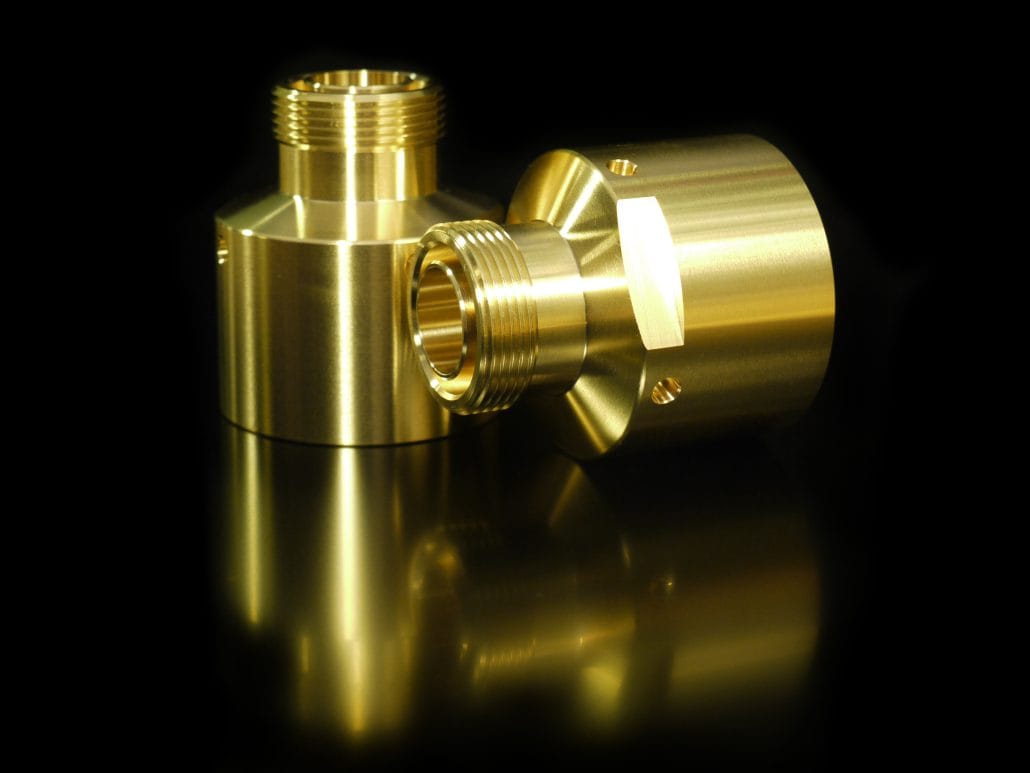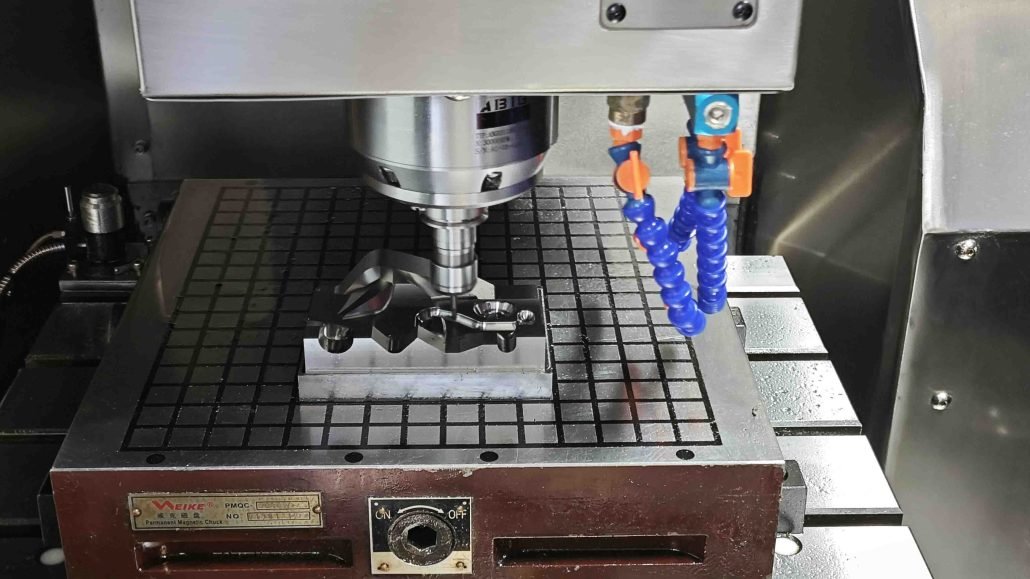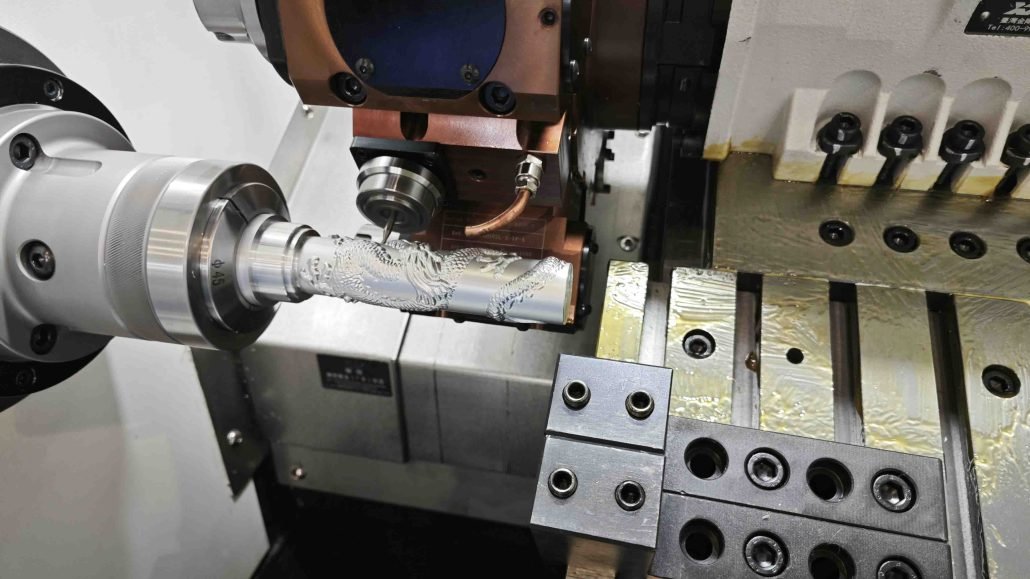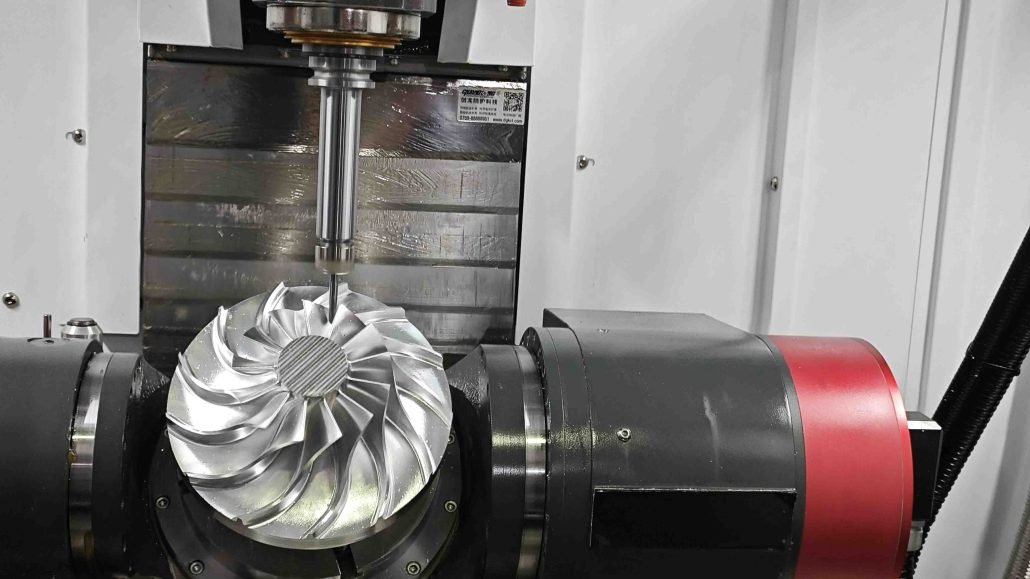Copper is a common metal material with good electrical conductivity, thermal conductivity and mechanical properties. It is an ideal choice for manufacturing parts and components and is widely used in many industries, including manufacturing, Electronic engineering, aerospace, etc. But you may encounter confusion about whether to choose Copper 110 or Copper 101. Don’t worry, this article will answer this question for you
In this article, we will provide you with a detailed introduction to the characteristics and advantages of these two copper materials, helping you make wise choices. Whether you are manufacturing parts or want to learn more about CNC copper machining , we will provide you with valuable information. Now, let’s get started!
Overview of Copper 110 and Copper 101
The machining performance of copper material is good, suitable for various cutting and milling operations, and can meet the requirements of complex shapes and high accuracy. Copper 110 and copper 101 are two commonly used copper materials. Copper 110 is pure copper, also known as electrolytic copper, with excellent conductivity and is suitable for applications that require high conductivity. Copper 101 is a copper material containing a small amount of other alloying elements, which has higher hardness and strength.

Copper 110 and Copper 101: Comparison of Physical Properties
There are some differences in physical properties between copper 110 and copper 101. Copper 110 has high conductivity and thermal conductivity, making it very suitable for applications that require high conductivity and thermal conductivity. Copper 101 has slightly lower thermal conductivity than copper 110, but has more advantages in hardness and strength. The following will compare and present various data in a table format
1.Density Comparison
Density is the ratio of mass to volume of a material. The following table presents the density comparison of copper 110 and copper 101:
| Material | Density (g/cm³) |
|---|---|
| Copper 110 | 8.89 |
| Copper 101 | 8.92 |
As shown in the table, copper 110 and copper 101 have very similar densities, with a minimal difference.
2.Electrical Conductivity Comparison
Electrical conductivity measures the ability of a material to conduct electricity. The following table compares the electrical conductivity of copper 110 and copper 101:
| Material | Electrical Conductivity (MS/m) |
|---|---|
| Copper 110 | 100-101 |
| Copper 101 | 97-100 |
As shown in the table, copper 110 and copper 101 exhibit similar electrical conductivity, with a minor difference.

3.Thermal Conductivity Comparison
Thermal conductivity is a measure of a material’s ability to conduct heat. The following table compares the thermal conductivity of copper 110 and copper 101:
| Material | Thermal Conductivity (W/(m·K)) |
|---|---|
| Copper 110 | 385 |
| Copper 101 | 390 |
As shown in the table, copper 110 and copper 101 have very similar thermal conductivity, with a small difference.
4.Coefficient of Thermal Expansion Comparison
The coefficient of thermal expansion describes the volume change of a material with temperature variations. The following table compares the coefficient of thermal expansion of copper 110 and copper 101:
| Material | Coefficient of Thermal Expansion (10^(-6)/K) |
|---|---|
| Copper 110 | 16.6 |
| Copper 101 | 16.9 |
As shown in the table, copper 110 and copper 101 have similar coefficients of thermal expansion, with a minor difference.
5.Ductility Comparison
Ductility is the ability of a material to undergo reversible deformation under stress. The following table compares the ductility of copper 110 and copper 101:
| Material | Ductility (%) |
|---|---|
| Copper 110 | 35-45 |
| Copper 101 | 20-40 |
As shown in the table, copper 110 exhibits relatively better ductility, although copper 101 also possesses good ductility.
Copper 110 and copper 101 materials are very similar in density, conductivity, thermal conductivity, and expansion coefficient. However, copper 110 is relatively better in terms of elongation. When selecting copper materials that are suitable for your project, you can make choices based on specific requirements and application scenarios.
Whether it’s Copper 110 or Copper 101, we can provide you with professional CNC machining services to ensure the smooth progress of your project. If you would like to learn more information or discuss specific needs, please contact us, and we are ready to assist you at any time.
Copper 110 and Copper 101: Comparison of Mechanical Properties
Copper 110 and copper 101 also differ in mechanical properties. Copper 110 has good ductility and plasticity, making it easy to machine parts with complex shapes. Copper 101, due to its higher hardness and strength, is more suitable for applications that can withstand larger loads or require higher strength. The following will compare and present various data in a table format
1.Hardness Comparison
Hardness is the material’s resistance to localized scratching or indentation. The following table presents the hardness comparison of copper 110 and copper 101:
| Material | Hardness (HB) |
|---|---|
| Copper 110 | 45-60 |
| Copper 101 | 70-90 |
As shown in the table, copper 110 exhibits relatively lower hardness, while copper 101 has higher hardness.

2.Strength Comparison
Strength is the copper materials resistance to external stresses. The following table compares the strength of copper 110 and copper 101:
| Material | Strength (MPa) |
|---|---|
| Copper 110 | 150-220 |
| Copper 101 | 250-350 |
As shown in the table, copper 101 demonstrates higher strength, whereas copper 110 has lower strength.
3.Ductility Comparison
Ductility describes the material’s ability to undergo reversible deformation under stress. The following table compares the ductility of copper 110 and copper 101:
| Material | Ductility |
|---|---|
| Copper 110 | Good |
| Copper 101 | Limited |
As shown in the table, copper 110 exhibits good ductility, while copper 101 has relatively limited ductility.
4.Corrosion Resistance Comparison
Corrosion resistance describes the material’s ability to resist chemical corrosion in the environment. The following table compares the corrosion resistance of copper 110 and copper 101:
| Material | Corrosion Resistance |
|---|---|
| Copper 110 | Excellent |
| Copper 101 | Good |
As shown in the table, copper 110 demonstrates excellent corrosion resistance, while copper 101 also exhibits good corrosion resistance.

5.Surface Quality Comparison
Surface quality influences the material’s appearance and performance. The following table compares the surface quality of copper 110 and copper 101:
| Material | Surface Quality |
|---|---|
| Copper 110 | Smooth |
| Copper 101 | Smooth |
As shown in the table, both copper 110 and copper 101 have smooth surface qualities without
According to different characteristics, you can choose the appropriate material based on the following points:
If you need harder and stronger materials, then Copper 101 may be more suitable for your project.
If you need better toughness and corrosion resistance, then copper 110 may be a better choice.
Based on your specific needs and project requirements, selecting the appropriate copper material can achieve the best machining performance.
Copper 110 and Copper 101: Comparison of machining Properties
In terms of online CNC machining performance, there are also some differences between copper 110 and copper 101. Below, we will present the content in a simple and easy to understand table format to compare the two materials, making it easier for you to understand
1.Machinability Comparison
Machinability refers to how easily a material can be machined. The following table compares the machinability of copper 110 and copper 101:
| Material | Machinability |
|---|---|
| Copper 110 | Good |
| Copper 101 | Excellent |
As shown in the table, copper 101 exhibits better machinability, making it easier to machine in CNC processes.

2.Cutting Forces Comparison
Cutting forces refer to the forces exerted on the cutting tool during machining. The following table compares the cutting forces of copper 110 and copper 101:
| Material | Cutting Forces (N) |
|---|---|
| Copper 110 | 1000-1500 |
| Copper 101 | 800-1200 |
As shown in the table, copper 101 generates lower cutting forces compared to copper 110 during CNC machining.
3.Surface Quality Comparison
Surface quality affects the appearance and quality of machined parts. The following table compares the surface quality of copper 110 and copper 101:
| Material | Surface Quality (Ra, μm) |
|---|---|
| Copper 110 | 0.8-1.6 |
| Copper 101 | 0.4-0.8 |
As shown in the table, copper 101 exhibits better surface quality compared to copper 110.

4.Machining Stability Comparison
Machining stability refers to the stability and controllability of the material during machining. The following table compares the machining stability of copper 110 and copper 101:
| Material | Machining Stability |
|---|---|
| Copper 110 | Good |
| Copper 101 | Excellent |
As shown in the table, copper 101 demonstrates better machining stability in CNC machining.
5.Applicability Comparison
Applicability describes the suitability of a material for specific applications. The following table compares the applicability of copper 110 and copper 101:
| Material | Applicability |
|---|---|
| Copper 110 | Wide range |
| Copper 101 | Specific |
As shown in the table, copper 110 is widely applicable, while copper 101 is more suitable for specific applications.
According to different machining performance characteristics, you can choose suitable materials based on the following points:
If you need materials that are easier to machine, have lower cutting forces, and require higher surface quality, then copper 101 may be a better choice.
If you need materials that are widely applicable to various application scenarios and have good machining stability, then copper 110 may be a more suitable option.
Taking into account your specific needs and application scenarios, selecting suitable copper materials for online CNC machining will yield better results.
Application suggestions and applicable scenarios
Based on the above comparison, we can provide some application suggestions and applicable scenarios. You can also suggest further discussions with professional material suppliers or engineers when selecting materials to ensure that the selected materials can best meet the requirements of the project

Application suggestions and application scenarios for copper 110:
Copper 110 has good conductivity and thermal conductivity, suitable for applications that require high conductivity and thermal conductivity, such as electronic components, heat sinks, cables, etc.
If your application does not require high hardness and strength, but requires good machining performance and surface quality, copper 110 is a good choice.
Due to its excellent machinability and machining stability, copper 110 is suitable for applications that require precision machining and complex shaped parts.
Application suggestions and application scenarios for copper 101:
If your application requires higher hardness and strength, Copper 101 may be more suitable for your needs. It is suitable for applications requiring high strength materials, such as Machine element, gears, bearings, etc.
Copper 101 also has good corrosion resistance and surface quality, suitable for applications that require high corrosion resistance and surface finish in the manufacturing of precision instruments, chemical equipment, medical devices, etc.
If you need to process complex shaped parts or applications with high material strength requirements, Copper 101 is a better choice.
conclusion
In summary, copper 110 and copper 101 are two common copper materials with different characteristics and applicability in CNC machining. Based on your specific needs, selecting the appropriate copper material can ensure the performance and quality of parts and components. Whether you need high conductivity copper 110 or higher strength copper 101, our team can provide you with high-quality copper CNC machining services.
About our copper CNC machining service
We have an experienced team dedicated to CNC machining of copper materials. Whether you need custom CNC parts or complex components, we can provide high-quality machining services. Our equipment is advanced and skilled, capable of meeting various machining requirements. If you need reliable partners to process copper materials, take immediate action and contact us to embark on your customized journey!
FAQ
Copper 110 is more suitable because it has good ductility and plasticity, making it easy to machine into complex shapes.
Copper 110 is suitable for machining processes that require complex cutting operations due to its good ductility and ease of cutting and milling; However, copper 101 has a higher hardness and may require the use of harder cutting tools and lower feed rates for processing.
Generally speaking, the price of copper 101 is slightly higher than that of copper 110 because copper 101 has higher hardness and strength, and there are also slight differences in alloy composition.


